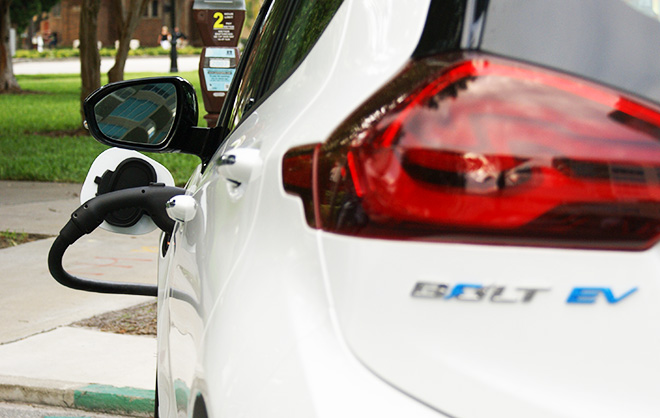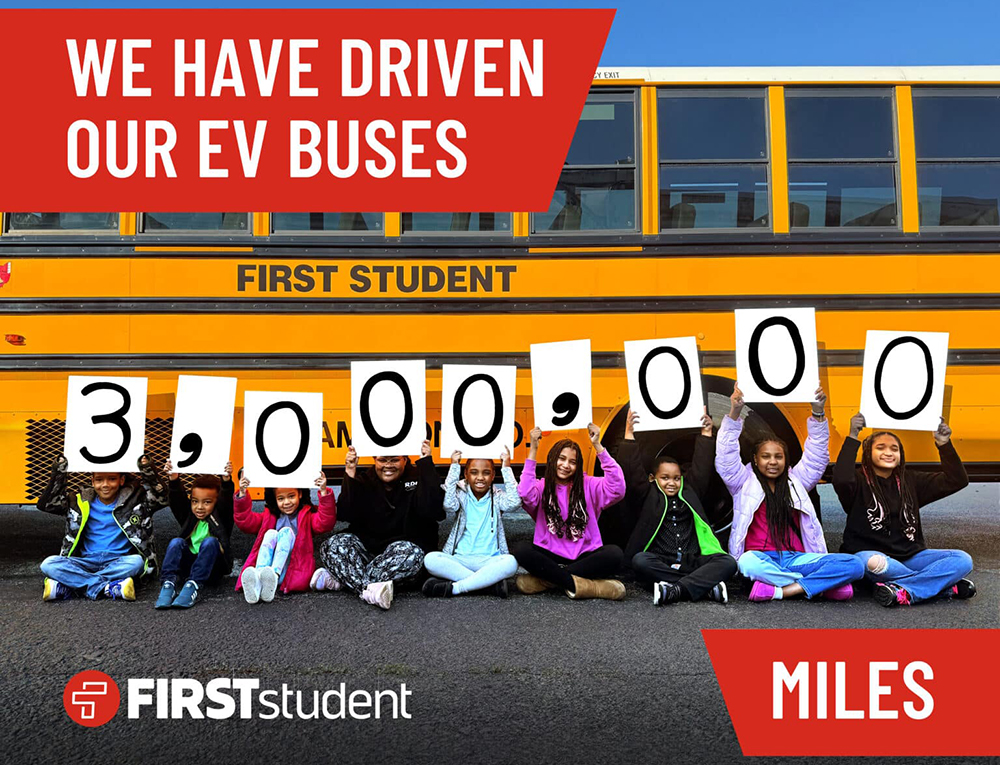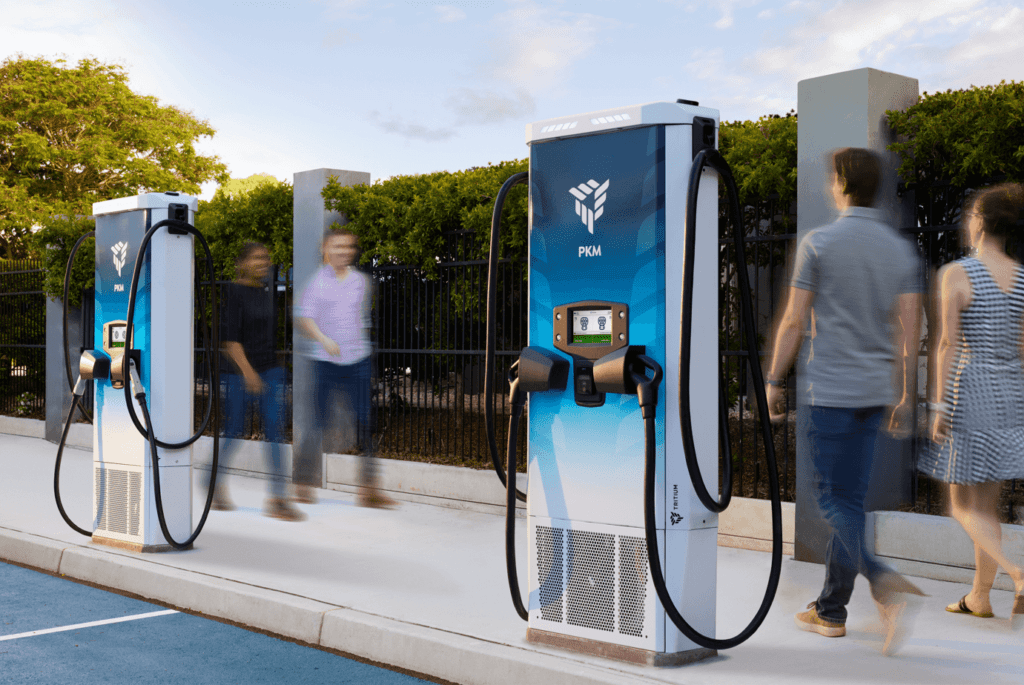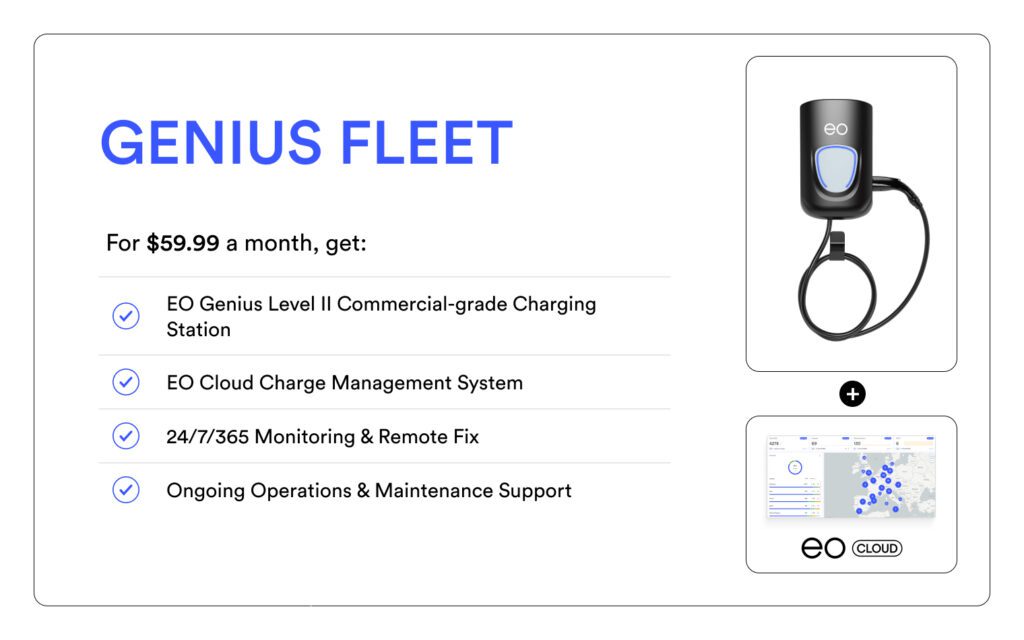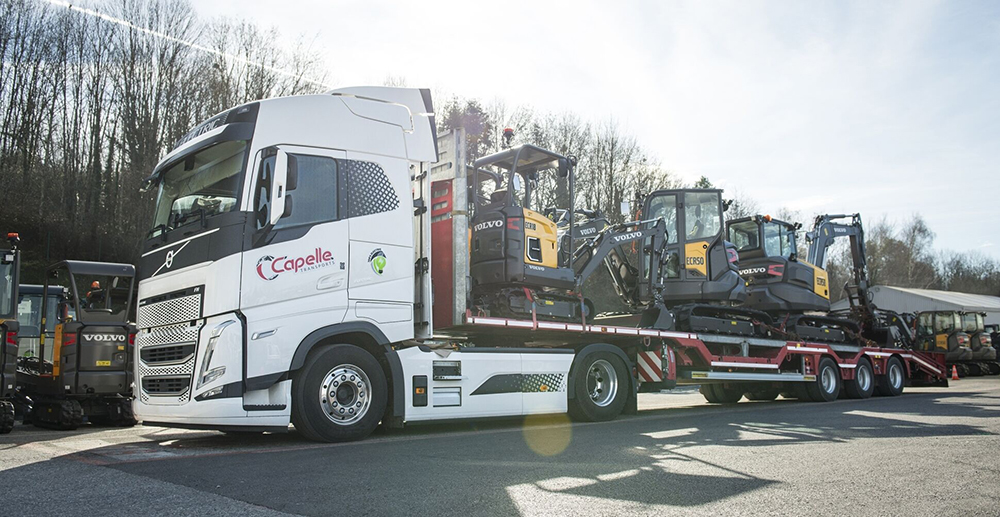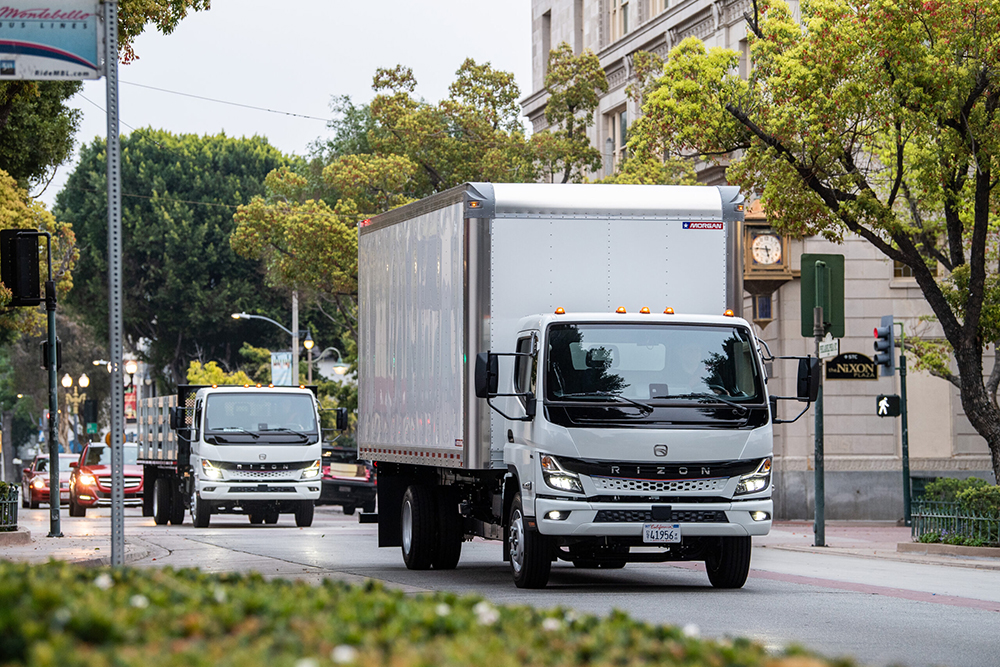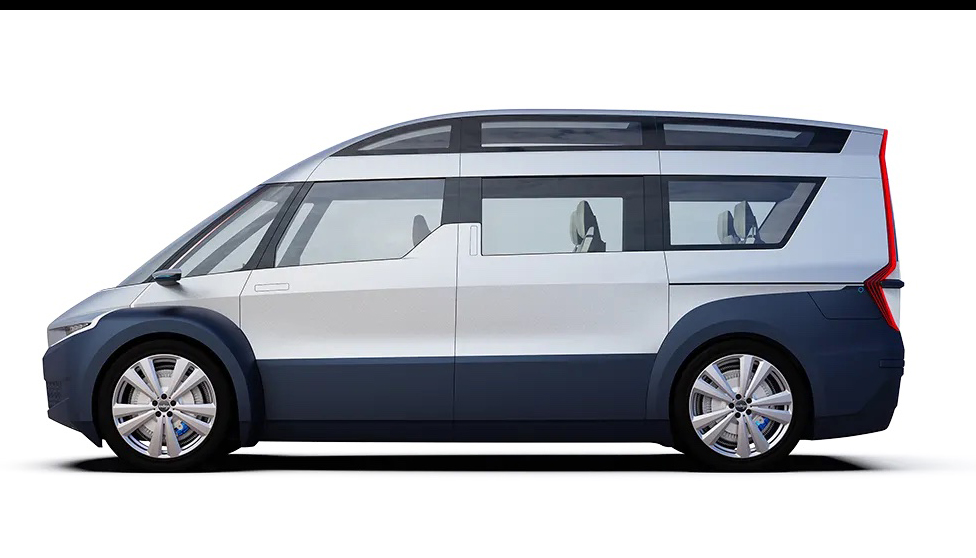The benefits of new technology generally flow downward from the top of the income ladder, and lower-income communities tend to be the most affected by pollution and environmental damage. However, in one California town, low-income residents are breathing a little cleaner air and enjoying the benefits of e-mobility, thanks to a local community group called the Green Raiteros.
The Spanish term raitero refers to the practice of neighbors providing rides to community members in need. The Green Raiteros, an EV ride-sharing initiative in Huron, California, shuttles low-income residents, many of them elderly, to medical appointments for free.
The Green Raiteros’ fleet currently consists of five Chevy Bolts, three Tesla Model Ys, two Volkswagen e-Golfs and a BMW i3. The organization has about 120 regular clients.
Huron is a small agricultural city in the Central Valley. Of the 6,200 residents, 95 percent are Latin and about 50 percent are immigrants. Neither Uber nor Lyft operates in the area, and public transport options are sparse.
Rey León, Huron’s mayor, launched Green Raiteros in 2018. When Mr. León was a child, his uncle worked as a raitero, shuttling the family and neighbors around in a green Pinto. He told the New York Times that Huron’s average household income is $35,000, and many residents spend 30 to 40 percent of their monthly wages on gas-powered cars that frequently break down. The region’s air is consistently ranked as some of the worst in the US. Tax credits and consumer rebates for EV purchases are useless to people who don’t earn enough to pay income tax, and who can barely afford a cheap jalopy. “Owning a car is a poverty perpetuator,” Mr. León told the Times.
Green Raiteros was founded with funding from private foundations and a settlement between utility NRG Energy and the California Public Utilities Commission. A $1-million grant from the California Air Resources Board paid for the Teslas, and the organization’s $150,000 annual operating budget is a mix of funding from CARB, other state agencies and philanthropies, as well as a recent contribution from GM. A Bipartisan Infrastructure Law grant paid for 30 charging stations placed strategically around the town.
Other inventive models for EV ride-sharing are popping up around the country. Several organizations offer rides to low-income residents in various California towns. In Minneapolis and Saint Paul, Minnesota, Evie Carshare, funded by city government, federal grants and local utility Xcel Energy, operates a fleet of 170 electric vehicles and 70 chargers in a low-income area.
Source: New York Times, Green Raiteros



